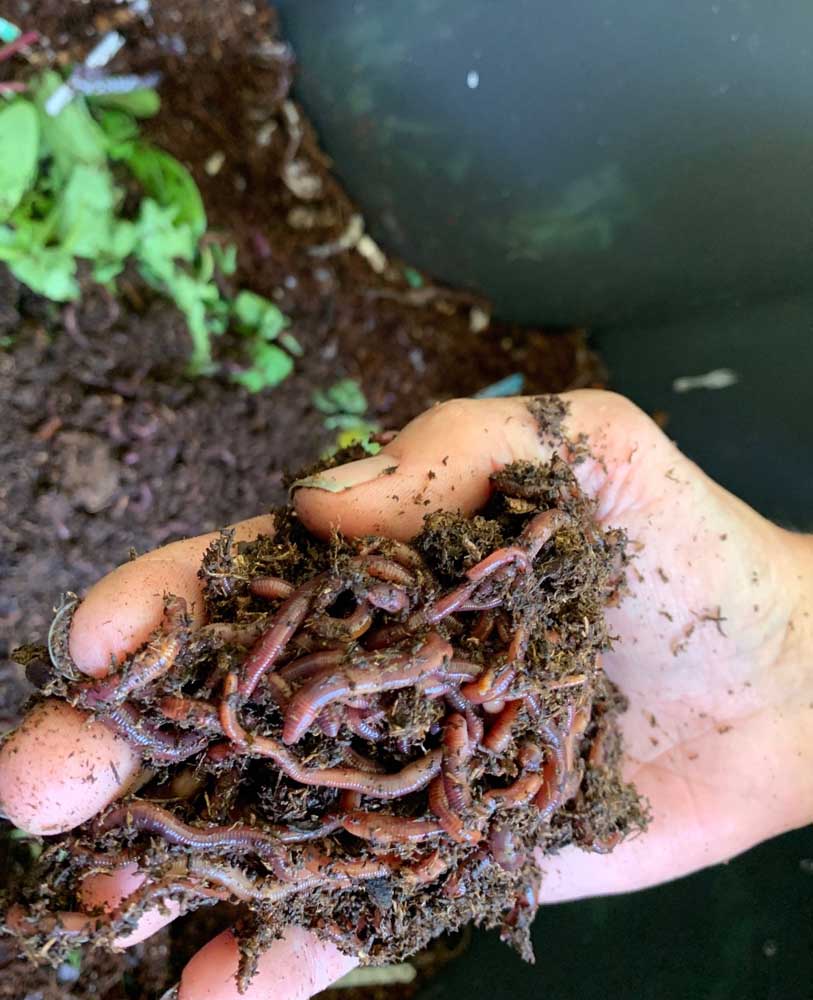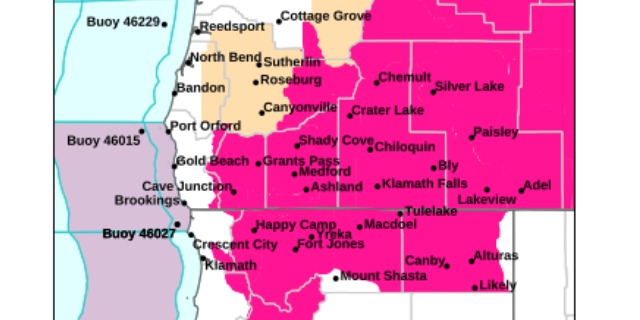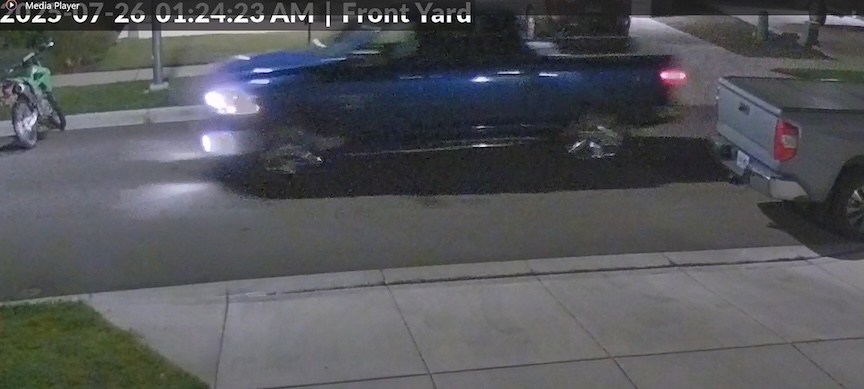GARDEN PLOTS: Getting intimate with earthworms
Published 6:00 am Wednesday, June 21, 2023

- Red wigglers (Eisenia fetida) are a type of earthworm that are especially adapted to composting organic material. They eat incessantly, reproduce quickly, and provide a high concentration of nutrients to garden soil.
“I remember a 3-year-old granddaughter, given a trowel to keep her quiet while her mother gardened alongside, turning up a worm and gazing in utter fascination: earth had a new significance.”
Trending
— Penelope Lively, “Life in the Garden,” 2017
Dame Penelope Lively’s book “Life in the Garden” is part gardening memoir and, in this passage, the author makes reference to her delight in watching her granddaughter first discover an entire hidden world living beneath the soil’s surface. Writing as an octogenarian, Lively laments that she “can no longer get down on my knees, where a gardener needs to be, and I miss that intimacy with the ground…”
What gardener does not share Lively’s yearning for intimacy with the ground, out of which springs our prized flowers and vegetables? It’s said that one teaspoonful of fertile top soil contains around 1 billion individual microorganisms and about 10,000 different species, all of which coexist in relative harmony to provide the basis of the ecosystems that sustain all life on Earth.
Trending
For me, this fact begs the question: If the so-called “vermin” of the world can live together, not only amicably but productively, why can’t our single human species — Homo sapiens — do the same? Perhaps we should all spend more time on our knees, observing earthworms with childlike captivation.
I have always been fascinated by earthworms, never having that “ick” reaction to their slippery-slitheryness that has caused them to often be relegated to the unjust category of vermin. (Actually, I learned that “vermin” comes from the Latin root “vermis,” meaning to turn or bend. Only later was “vermin” used to denote bothersome creatures. Interestingly, vermiculite, a mineral often used in potting soil, has the same root word because of the way it turns and bends from heat during processing.)
For gardeners like Lively who find bending down a challenge, observing worms kept in a vermicomposting bin might be a good alternative because the container can be positioned closer to eye-level. I can still get down on the ground (getting back up is a bit more difficult, I’ll admit), but I decided to make a vermicomposting bin because I wanted to do something productive with my kitchen scraps.
Besides worm observation, the purpose for vermicomposting is to ultimately reap the benefits of worm poop. Vermicastings provide similar benefits to garden soil as other kinds of compost; however, their added advantage is a higher concentration of nutrients and specialized bacteria and enzymes that come from the worms’ digestive tract.
Vermicomposting requires certain kinds of earthworms. Red wigglers (Eisenia fetida) are the most popular composting worm used in the U.S. because they tend to dwell closer to the surface, reproduce quickly, and tolerate some temperature variations. I bought a pound of red wigglers for $20 from the Grange Co-op.
The worms are reared inside closed bins in bedding materials, such as coconut coir and shredded newspaper, and decomposing vegetable waste. The worms have voracious appetites, consuming 3-4 times their bodyweight per day. One pound of worms, which is the amount I used to start my bin, will eat about a half to 1 pound of food scraps every day.
Bin size depends on how much food waste you want to compost; a sturdy plastic, 20-gallon bin with an airtight lid is roomy enough to start with about 1,000 worms, which is ideal for our two-person household. Before deciding to venture into vermicomposting, though, find a place to keep the bin. If you don’t want to keep it indoors, such as under the sink, you’ll need to find another location out of the sun where you will not forget to monitor and add to the bin daily or every other day.
I’ve found a paper shredder is an effective tool to make bedding for the worms (and the rabbit, who also supplies great poop), as well as for adding more carbon to our regular compost pile (along with horse manure, stall shavings, and garden debris). I filled our worm bin about halfway full with a mixture of damp shredded newspaper and coconut coir that was watered until it was as damp as a wrung-out sponge and a couple of cups of garden soil.
I made a nest in the bedding, added the red wigglers, and then placed the kitchen scraps on top and covered it with more coconut coir and shredded paper. I also made a worm nursery by layering several pieces of corrugated cardboard — about the size of a business envelope — fastening the pieces together with jute twine, and burying it in the bedding.
Red wigglers, like all earthworms, are hermaphroditic, a useful characteristic if you want to reproduce rapidly. If the red wigglers in my bin stay happy and healthy, they will mate and lay eggs every 27 or so days, doubling the population in two months’ time.
Once the majority of the vermicompost is a deep brown color with uniform texture (about 3-6 months), I’ll use quarter-inch or eighth-inch rigid screen to separate the finished castings from the worms, cocoons and other organic matter in the bin. Then I can replenish the bin with more bedding and food scraps and begin the process again.
How’s that for getting intimate with the earth? I’m sure Penelope Lively would approve.








